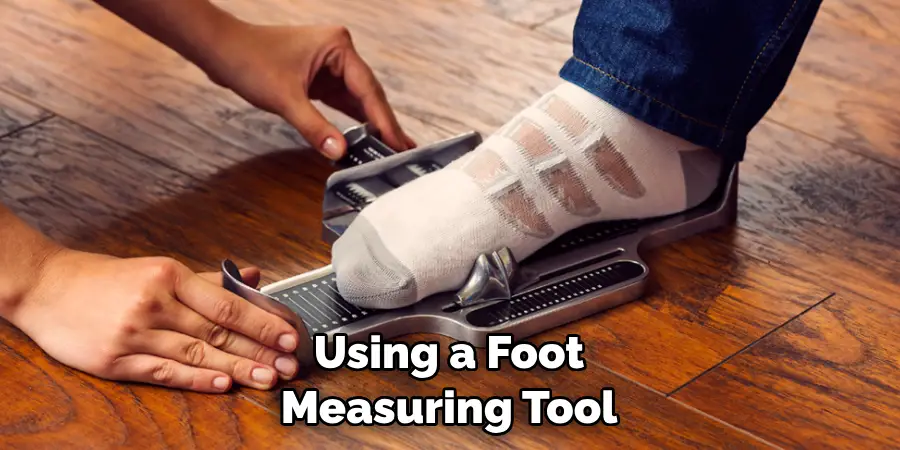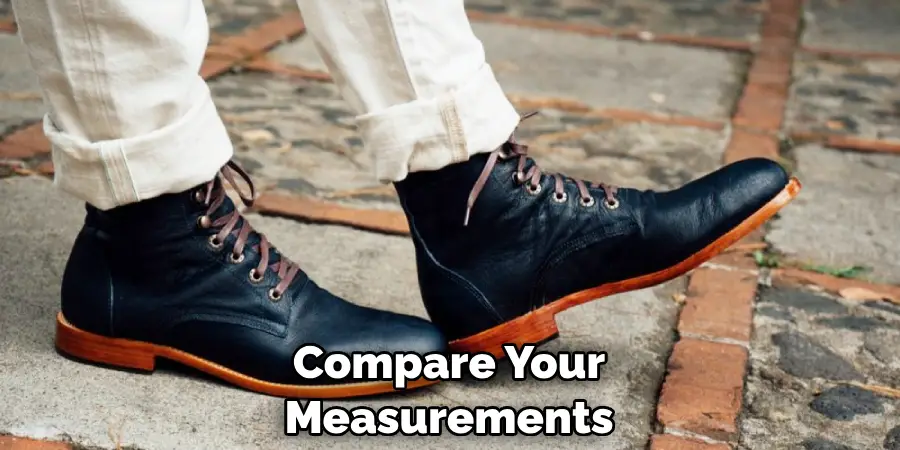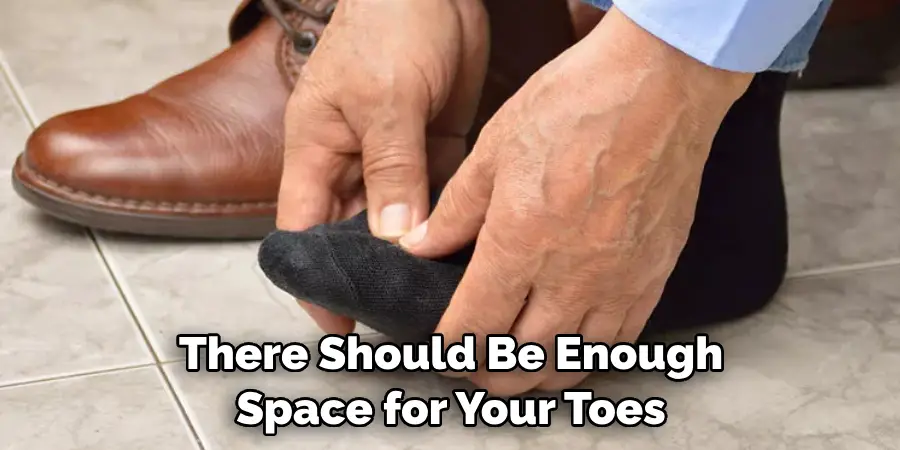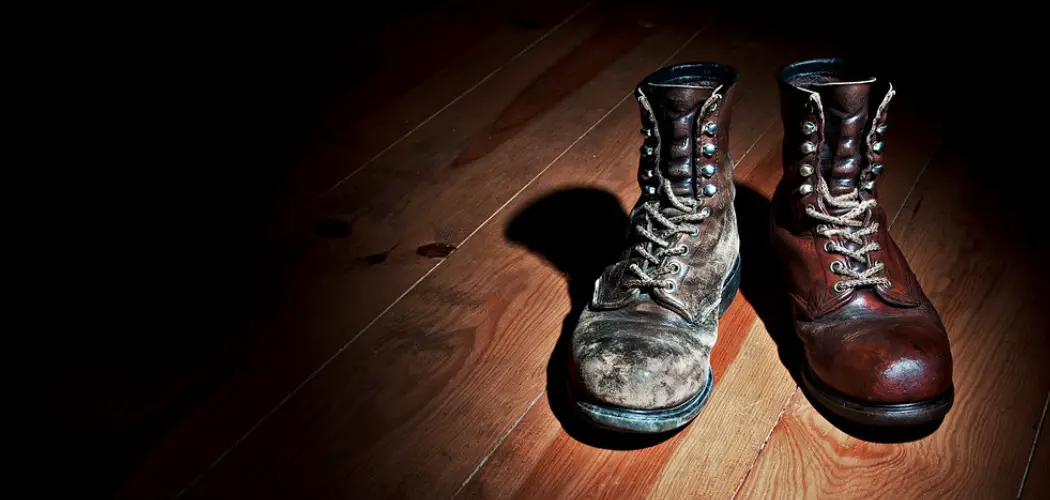Finding the right boot size is crucial not only for comfort but also for foot health. Wearing boots that are too tight or too loose can lead to a variety of problems, including blisters, corns, and even posture issues. It’s more than just about the shoe size; factors such as the brand, the style, and even the type of socks you plan to wear can influence which size will fit you best.

This guide on how to find boot size aims to simplify the process, providing you with the steps and tips you need to find your ideal boot size for any occasion or purpose. Whether you’re preparing for a rugged outdoor adventure, gearing up for work, or just seeking the perfect pair for casual wear, getting the size right is the first step towards enjoying your activities comfortably and safely.
What is Boot Size?
Before we dive into how to find boot size, let’s define what it actually means. Boot size refers to the measurement of your feet in relation to the specific sizing system use by the boot manufacturer. In some cases, this may be based on standard shoe sizes (e.g. US or UK), while in others it may follow a separate scale for more accurate fit (e.g. European sizing).
It’s worth noting that each brand and even each style within a brand can vary in terms of sizing, so it’s important to check their specific size chart before making a purchase. But don’t worry – with the right approach; you can easily determine your boot size and make informed decisions when it comes to buying your next pair.
Why is It Important to Find the Right Boot Size?
Wearing ill-fitting boots can lead to a range of issues, not just in terms of comfort but also in foot health. For instance, tight boots can cause blisters and calluses, while loose ones can result in foot slipping and even injuries from lack of support.
Moreover, different activities require different levels of fit. Hiking boots, for example, should fit snugly to provide proper support and prevent blisters on rough terrain. Meanwhile, work boots may need more room for thicker socks and additional comfort features.
11 Step-by-step Guides on How to Find Boot Size
Step 1: Measure Your Feet
Get the exact measurements of both feet, as one may be slightly larger than the other. You can do this by tracing your feet on paper and measuring the length from heel to toe with a ruler or using a foot measuring tool. Make sure to stand while taking measurements, as your feet tend to expand when bearing weight. Otherwise, you may end up with boots that are too tight.

Step 2: Check Your Regular Shoe Size
Take note of your regular shoe size as a starting point for finding the right boot size. However, keep in mind that different brands and styles may have slight variations, so this should just be a guide. It’s always best to check the brand’s size chart for more accuracy. The same goes for European sizing if you’re used to US or UK sizes.
Step 3: Consider the Purpose
As mentioned earlier, different activities require different fits. Determine what type of boots you need and keep that in mind as you go through the following steps. You may even want to try on boots while wearing the socks you plan to use for that particular activity. The thickness of the socks can also impact the fit.
Step 4: Know Your Foot Type
This step is not essential but can help you choose the right boot size. If you have flat feet, for example, you may need more support and a wider toe box. On the other hand, high arches may need boots with more cushioning for comfort. You can also check your pronation (the way your feet roll when walking) to determine if you need boots with stability features.
Step 5: Assess the Width of Your Feet
Aside from length, width is also an important factor in finding the right boot size. You can measure this by standing on a piece of paper and tracing your foot’s outline, then measuring the widest part of your foot. Some brands offer different width options for their boots, so make sure to check if they have a size chart for that.
Step 6: Look at the Brand’s Size Chart
Now that you have your measurements and take into account the purpose, foot type, and width, it’s time to consult the brand’s size chart. This can usually be found on their website or in-store. Compare your measurements and regular shoe size to the chart to get an idea of which boot size will fit you best.

Step 7: Read Reviews
Before making a purchase, it’s always helpful to read reviews from other customers who have bought the same boots. They may mention if the boots run true to size or suggest sizing up or down. This can give you a better idea of which boot size to go for. It’s also a good way to check for potential issues with sizing or fit.
Step 8: Try on the Boots
If possible, it’s always best to try on the boots before buying them. This is especially important if you’re purchasing from a brand or style that you haven’t worn before. Trying on boots with the socks you plan to wear can also help ensure a better fit. You can also walk around and test the boots’ comfort and support.
Step 9: Check for Toe Room
Your toes should have enough room to move comfortably without being squished and without too much space to slide around. A good rule of thumb is to have about a thumb’s width of space between your longest toe and the end of the boots. The boots should also provide enough toe box width to prevent rubbing or squishing.
Step 10: Check for Heel Slippage
When walking, your heel should stay in place and not lift off from the footbed. If there’s too much heel slippage, it can cause discomfort and blisters. On the other hand, if the boots are too tight in the heel area, they may feel uncomfortable and restrict movement. It’s important to find a balance in heel fit for proper support and comfort.
Step 11: Consider the Break-in Period
Keep in mind that some boots may require a break-in period, especially if they’re made of stiff materials like leather. During this time, the boots may feel tight or uncomfortable until they mold to your feet. If the boots are still too tight after this period, it may be a sign that they’re not the right size for you.
Following these steps on how to find boot size can help you find the right boot size for your feet and ensure comfortable and supportive footwear. Remember to always check the brand’s size chart, read reviews, and try on boots before making a purchase. With the right fit, your boots can take you on many adventures without causing discomfort or foot issues.

Frequently Asked Questions
Q: How Do I Know if My Boots Are Too Tight?
A: If your boots feel uncomfortably snug or cause blisters or pain, they may be too tight. You should have enough room to comfortably move your toes and not feel any pressure on the sides of your feet. The boots should also provide proper support and not restrict movement.
Q: Can I Just Buy the Same Size as My Regular Shoes?
A: While it can be a starting point, it’s always best to check the brand’s size chart and try on the boots before buying. As mentioned earlier, different brands and styles may have variations in sizing, so your regular shoe size may not always be the best fit for boots.
Q: Should I Size Up or Down for Boots?
A: It depends on your foot measurements and the brand’s size chart. Some brands may run small, so you may need to size up, while others may have larger sizes. It’s best to consult the size chart and try on the boots before making a decision.
Q: How Much Space Should I Have in My Boots?
A: There should be enough space for your toes to move comfortably without being squished or rubbing against the sides of the boots. You should also have enough room in the toe box width to prevent discomfort and blisters. A good rule of thumb is to have about a thumb’s width of space between your longest toe and the end of the boots.

Final Thoughts
Finding the right boot size is crucial for comfort, foot health, and performance in different activities. It may take some trial and error, but with these step-by-step guides on how to find boot size and by considering your specific needs, you can find the perfect fit for your feet. Make sure to also properly care for and maintain your boots to ensure they last for a long time. Happy exploring!

